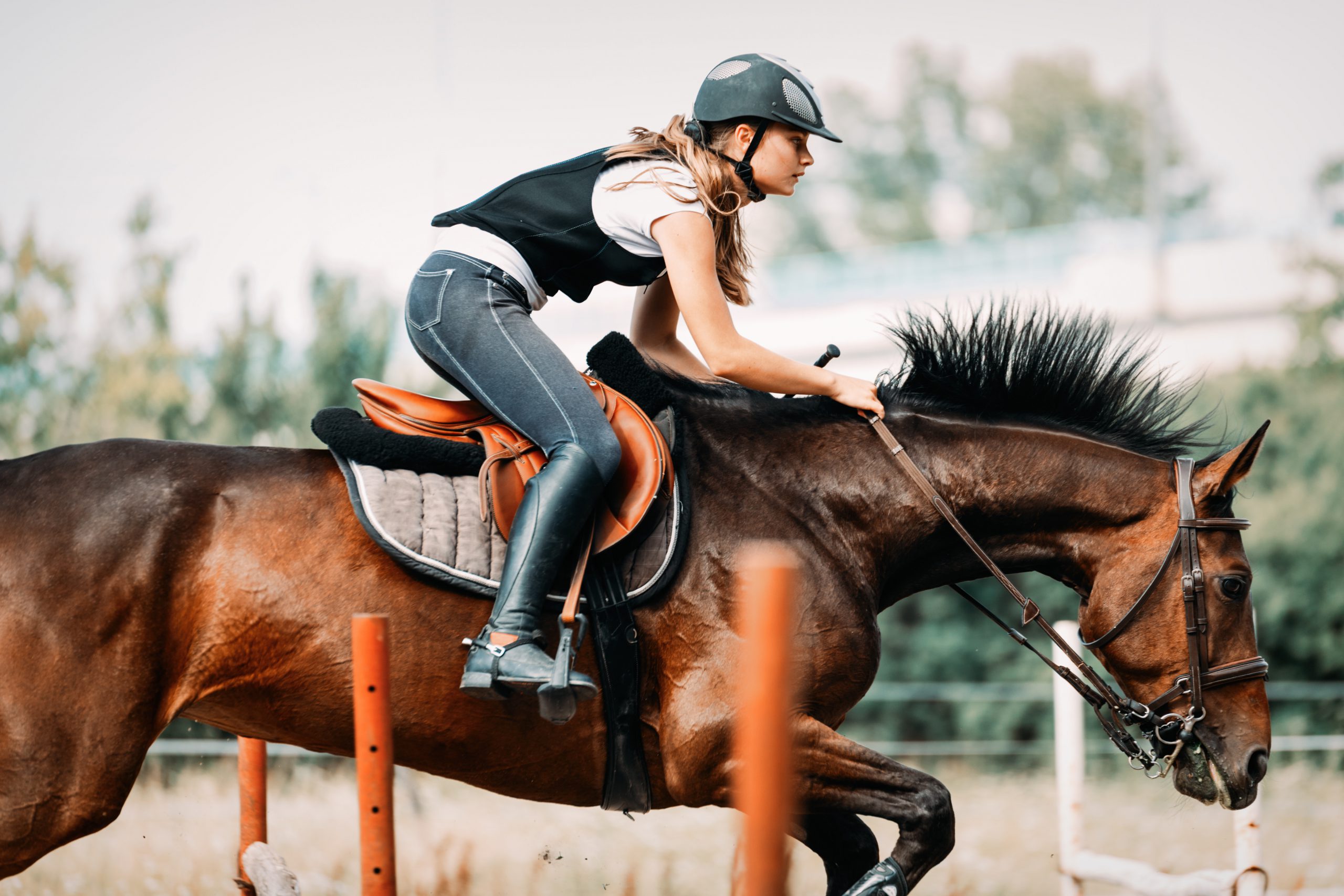
The nameless narrator of Claire Keegan’s award-winning 2015 short story Foster is a little girl, living in rural Ireland, sent to stay with relatives she’s never met while her mother has yet another baby. Too many mouths to feed already. One might expect the story to unfold in a horror of abuse, the child thrown to the wolves. But it doesn’t turn out that way. The childless couple shows her the first kindness and care she has ever experienced. She says, “I keep waiting for something to happen, for the ease I feel to end, but each day follows on much like the one before.” Keegan’s writing is rooted in details absorbed by the observant child. The child pieces together the world through fragments, things overheard or glanced. Foster is masterful in evoking a child’s point of view.
“The Quiet Girl,” adapted for the screen and directed by Colm Bairéad, maintains this point of view admirably, for the most part, keeping the frame of reference narrowed to the world as seen through the girl’s eyes. Bairéad has made some alterations to the source material, opening up the story a wee bit, with a prologue of sorts—her life at home, her bed-wetting, her tendency to wander away for hours at a time. The main change, however, is the most obvious. “The Quiet Girl” is an Irish language film, with 95% of the dialogue in Irish, and English words peppered in only occasionally (there are subtitles for both). “The Quiet Girl” (Irish title “An Cailín Ciúin”) is the first Irish-language film to be nominated for an Academy Award (this year’s Best International Feature). It’s a milestone for Irish-language film.
Now named Cáit (Catherine Clinch), the girl is a wary and watchful figure. She has survived her chaotic neglectful home life—her drunken father, her harried mother—by making herself as small and still as possible. Kate McCullough’s sensitive cinematography pulls us into Cáit’s sometimes dissociated but always alert perspective. The focus is on the details: the trees whirring by outside the car in a dizzying blur, the high-flung blue sky peeping through, the inky-black darkness of a bar’s interior at midday, the way shafts of sunlight pierce through still pools of water. Adults are seen from below, or the side. They are unknowable mysteries to Cáit.
It’s clear from the production design—objects, cars, televisions—that “The Quiet Girl” doesn’t take place in current-day Ireland, but the year (1981) established in the novella with a mention of the hunger strikes going on in the North, isn’t nailed down (unless I missed it). “The Troubles” are nowhere in evidence, and neither is the outside world. This is the timeless rural landscape, where the hay has to be brought in, the cows milked, the meals prepared, and Mass is attended every Sunday. Cáit lives in squalor and neglect at home, with a dad too busy drinking to make sure the hay is brought in on time. The house crawls with children, all girls. Cáit’s fate is decided without her knowing. One day she is driven down to Wexford and dropped off at a cousin of her mother’s.
Eibhlín (Carrie Crowley) and Seán (Andrew Bennett) are in their fifties, and they, too, have a farm. But their farm is well-run and orderly. Cáit stands in the immaculate well-lit kitchen and stares around her. She can’t believe such cleanliness and peace exists. It’s another world. Eibhlín takes one look at Cáit‘s dirty dress, dirty hands, and legs, and instantly takes charge. She bathes the child, shows her to her room, and asks if she wants the curtains drawn at night. Her manner is gentle and pained. Cáit has never known a thoughtful adult, has never been asked what she wants. Seán is quiet and distant, harder to read at first. Is he irritated at the child’s presence? He barely acknowledged her.
Cáit’s new life begins. Eibhlín teaches her how to cook, clean, and gather water from the well. The ritual of daily tasks and the care given in the running of everyday life is soothing to Cáit. The film unfolds like a reverie. Light and shadow, bird sounds, fresh vegetables, the mirror-like water of the well … McCullough and Bairéad patiently explore the environment, allowing it space to evoke, forcing us into Cáit‘s point of view.
Not much happens on the outside surface. She’s taken to a funeral. A gossipy woman interrogates Cáit about Eibhlín. But life is not made up of dramatic events. The characters here are not expressive people. But when Seán or Eibhlín do express themselves, it is with authenticity. Every word counts. The feelings underneath are enormous.
There is a backstory for Eibhlín and Seán—an event neither can speak of (and which is easily guessed), but the film isn’t about the big reveal. It’s the little things. A cookie placed on a table—without a word—brings an explosion of feeling and meaning. A cookie is not just a cookie. A serious chat by the sea on a moonlit night is profound and potentially life-altering. It is said that even one “witness” to a neglected child’s misery can make all the difference in that child’s future prospects. “The Quiet Girl” gives Cáit two witnesses. The impact of this isn’t stated outright—and Cáit will only realize it in retrospect—but the difference has been made. How we “get” this is all due to the patient care in which Bairéad allows the characters to reveal themselves. Nothing is rushed.
There is a monotony to some of the presentation—the repeated shots of the kitchen, the walk to the well, the daily chores, and Cáit’s wariness slowly melting into trust. The monotony is there for a reason and does serve a purpose, but a little goes a long way.
How little and how long it goes is made perfectly clear in the final sequence, which completely knocked me flat. It was only then I realized just how effectively “The Quiet Girl” did its work. The film works by stealth.
The Irish language is mandatory in Ireland’s school curriculum, but its history is one of suppression. Road signs in Ireland are bilingual, and there is an effort to keep the tradition intact, encouraging a cultural continuum. The history of Irish language films began in cinema’s first decades, with Robert Flaherty’s “Oidhche Sheanchais” (1935), the first Irish language sync sound film. (Long thought lost, it was recently discovered, and a fragment can be seen on YouTube.) Flaherty, famously, directed the “documentary”—quotation marks necessary—“Man of Aran” (1934), which is criticized to this day for Flaherty’s fictionalized version of Irish life, particularly the characters all speaking in English. Other notable entries in Irish-language films are George Morrison’s “Mise Éire” (1959)—a real documentary, this one about the 1916 Easter Revolution—Bob Quinn’s crime drama “Poitín”(1978), the first Irish-language narrative feature, and, more recently, Robert Quinn’s “Cré na Cille” and “Foscadh,” directed by Seán Breathnach. Other Irish films have used the Irish language alongside English, making them essentially bilingual.
“The Quiet Girl” goes all the way and is groundbreaking for its language, as well as its success within a recent movement of accomplished Irish cinema. “An Cailín Ciúin” is significant for these cultural reasons but its power is encapsulated in the small insert shot of a cream-filled cookie placed on a table. In that moment, everything changes. Nothing will ever be the same again.
Available in theaters on February 24th.




